晋山窯ヤマツ
Moment Plate
Moment Plate
Supplementary product information
Supplementary product information
Production area: Gifu Prefecture
Dimensions:
・W: 184mm
・D: 184mm
・H: 22mm
Material: Porcelain
【Usage Instructions】
・Dishwasher: Safe
・Microwave: For warming only
・Direct flame: Not suitable
Couldn't load pickup availability
Tableware for breakfast where toast takes center stage.
This series is designed to cherish your "morning moments".
We recommend the plate and mug cup set.
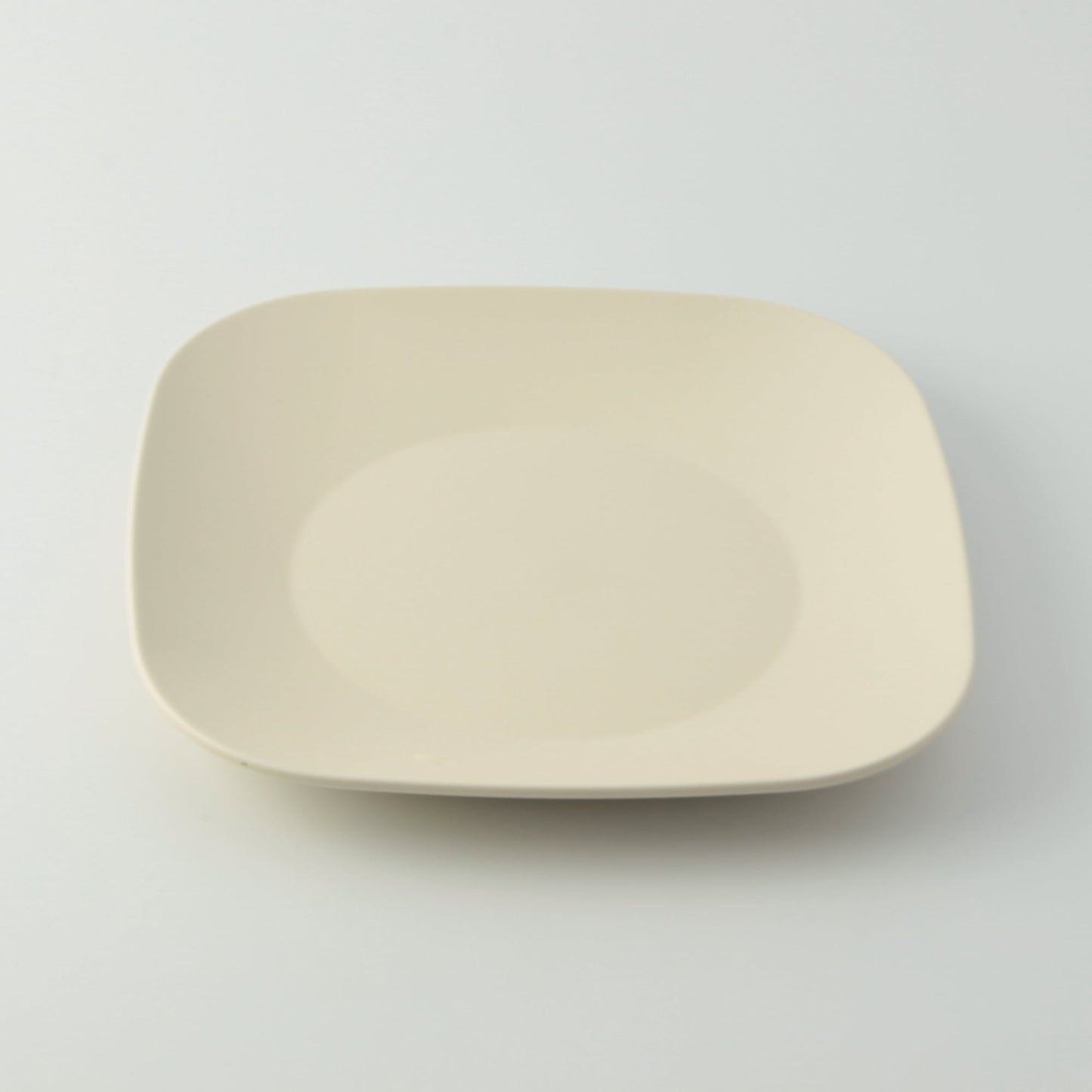
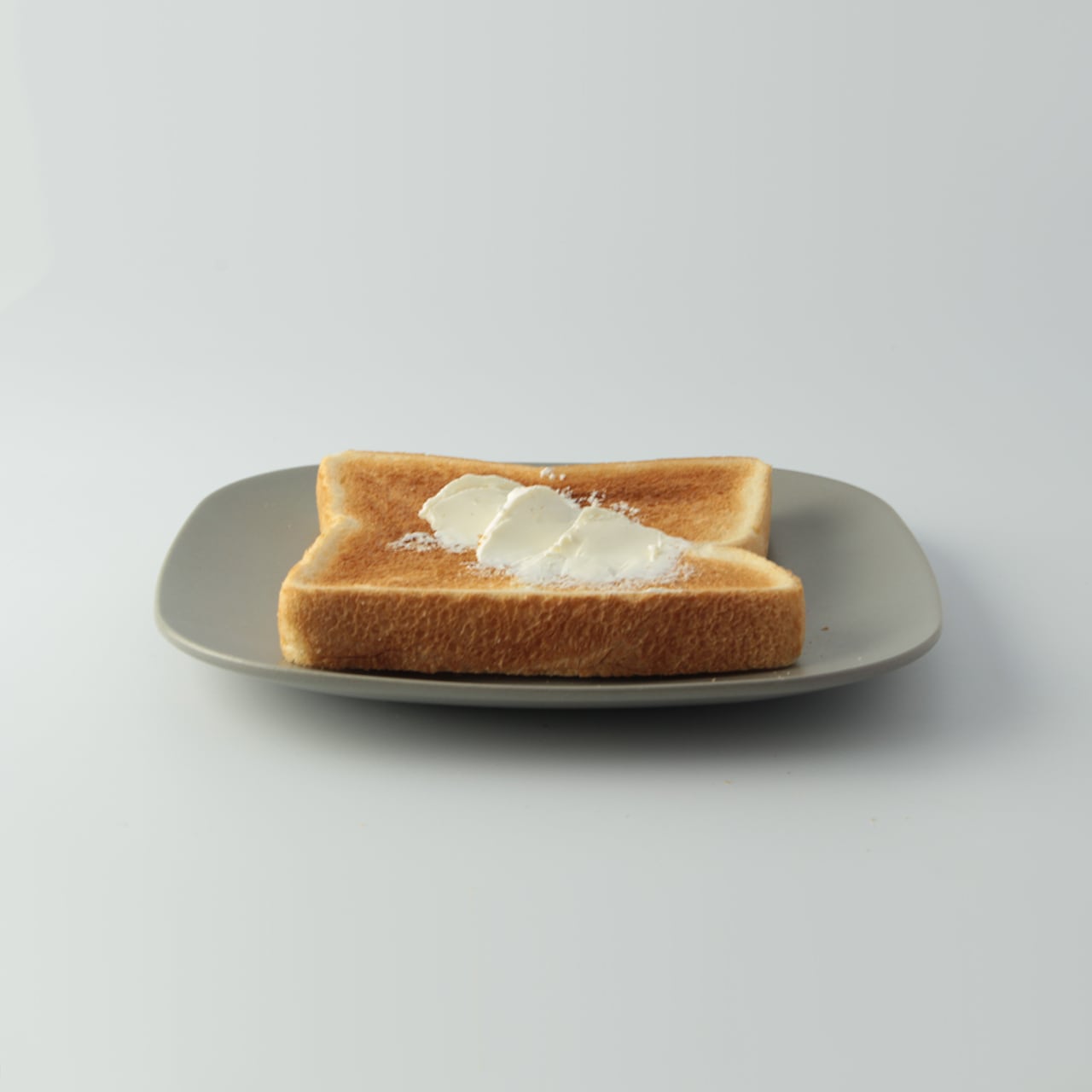
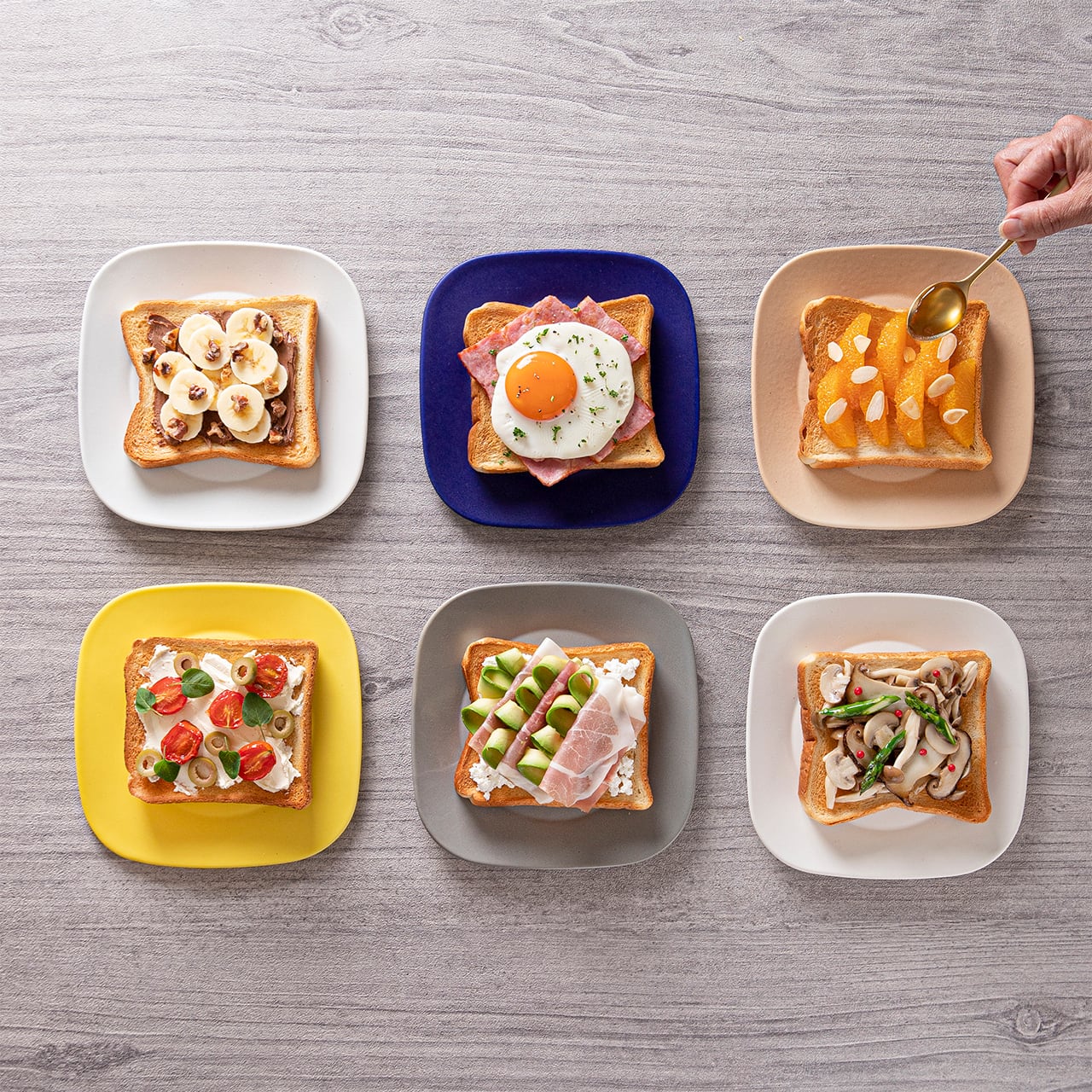
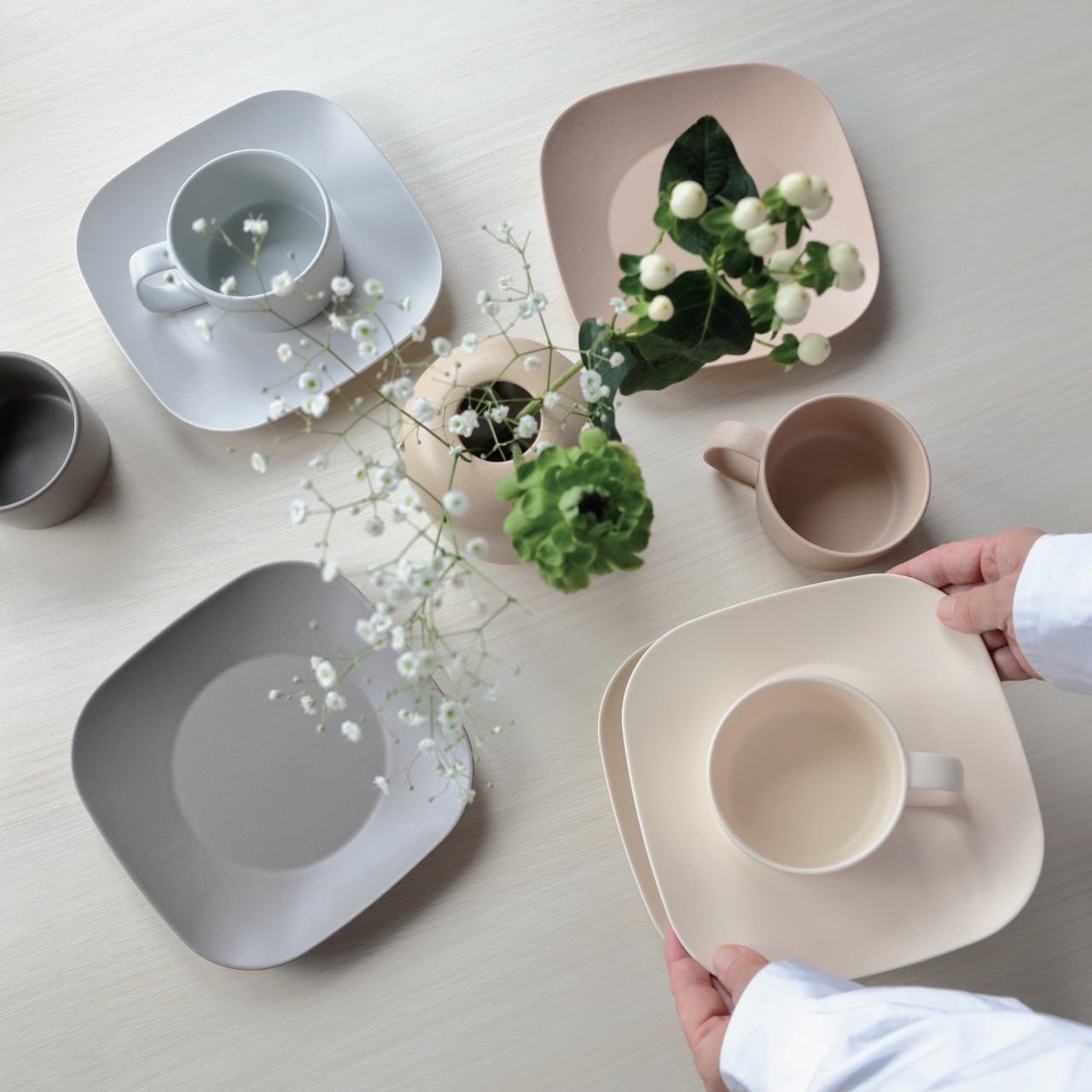

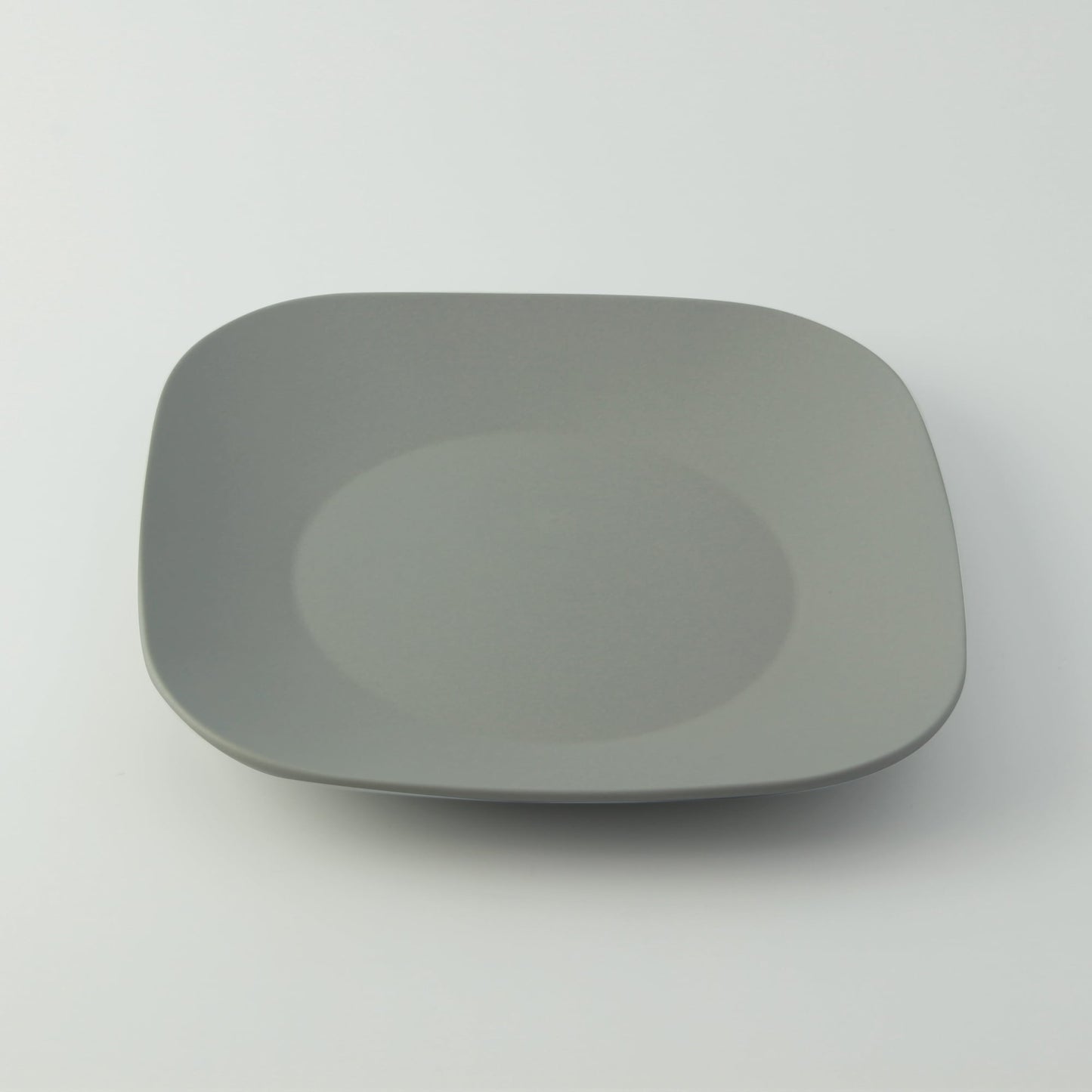
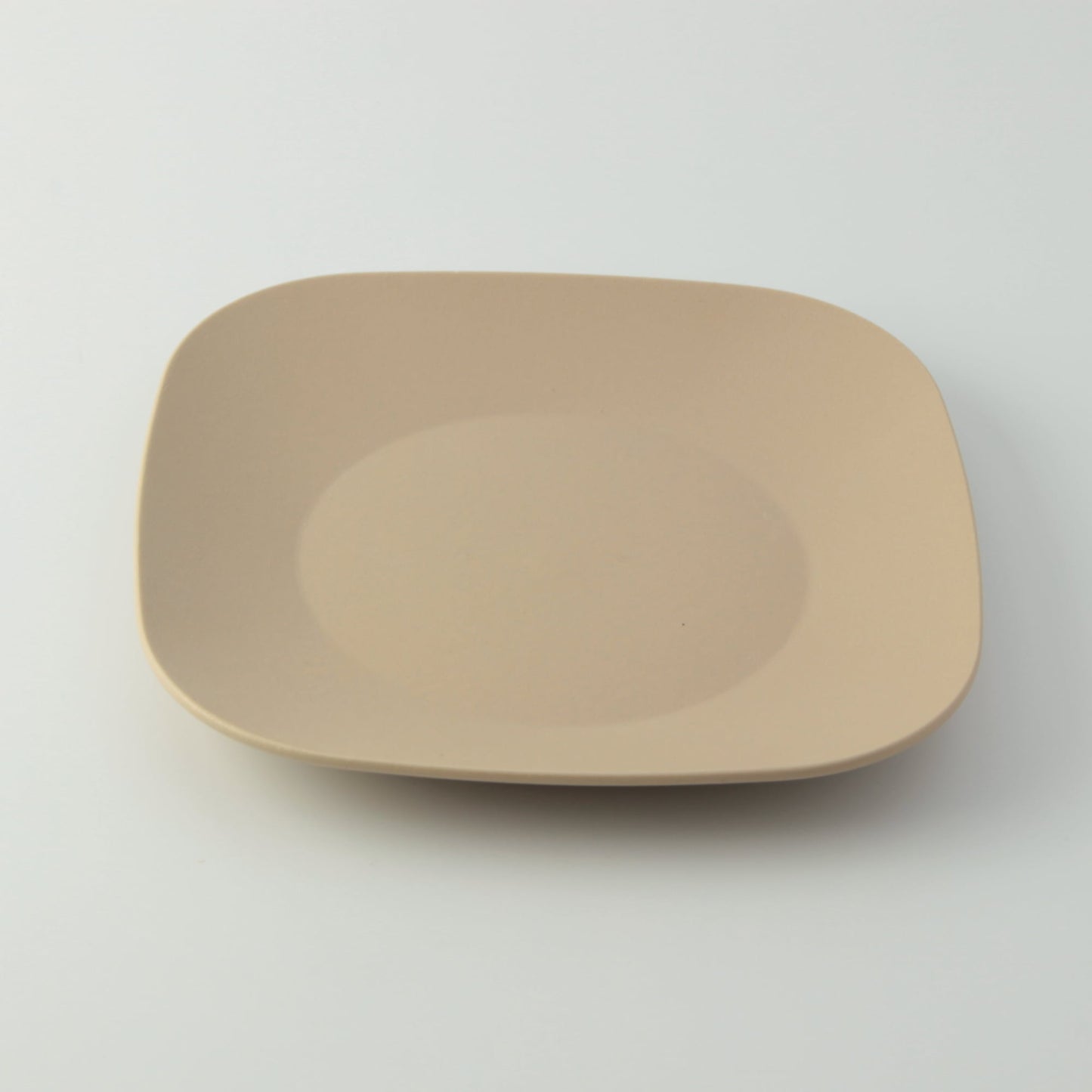
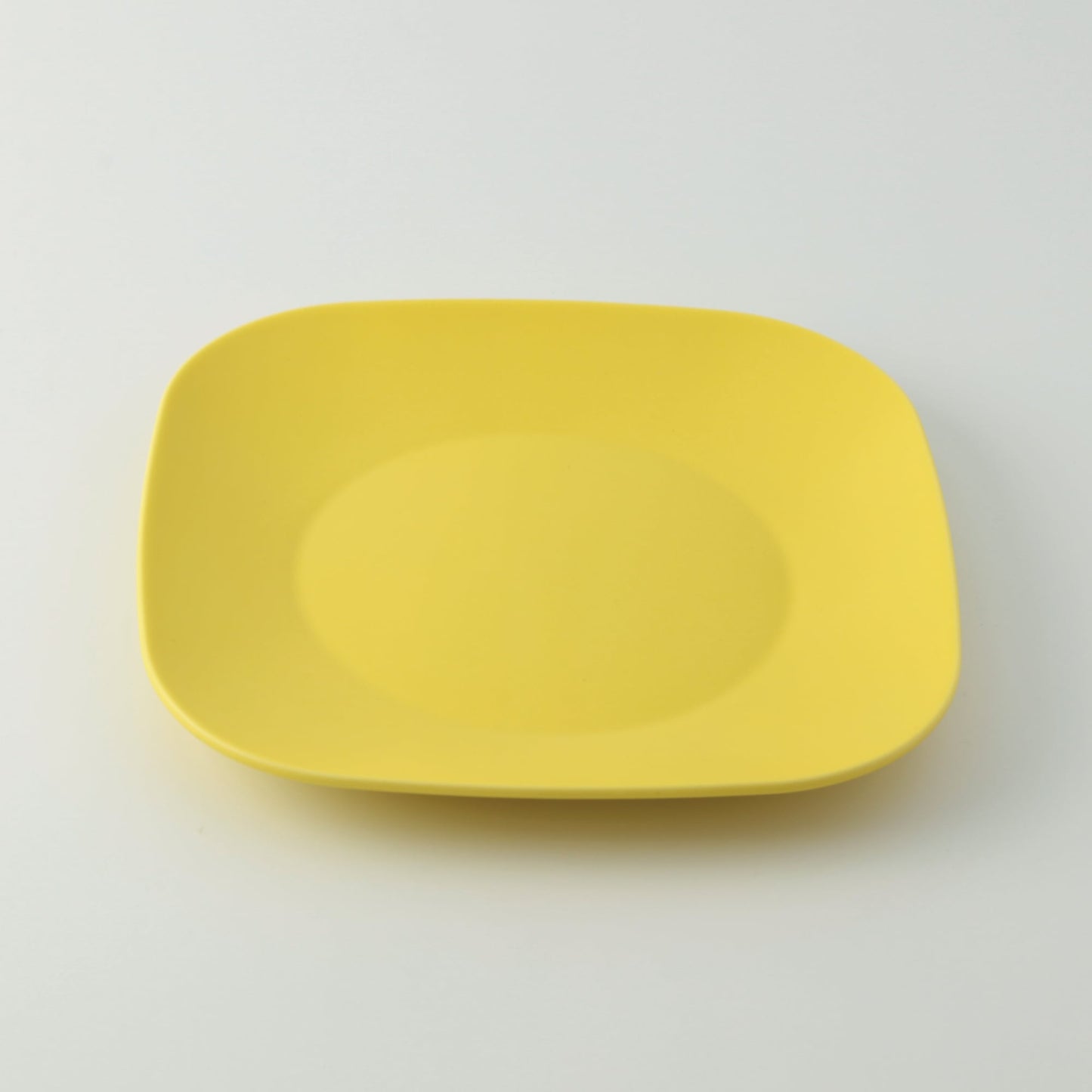
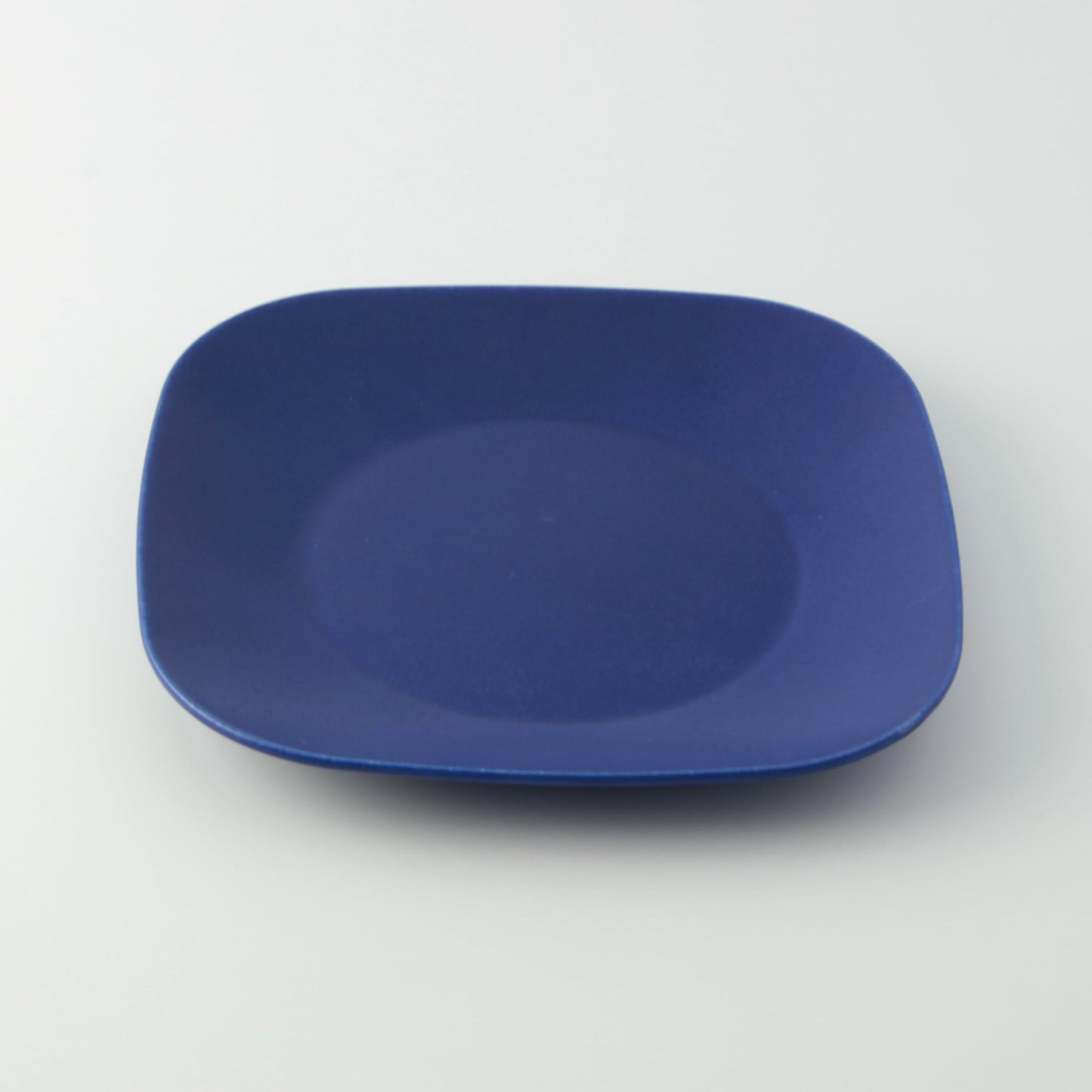
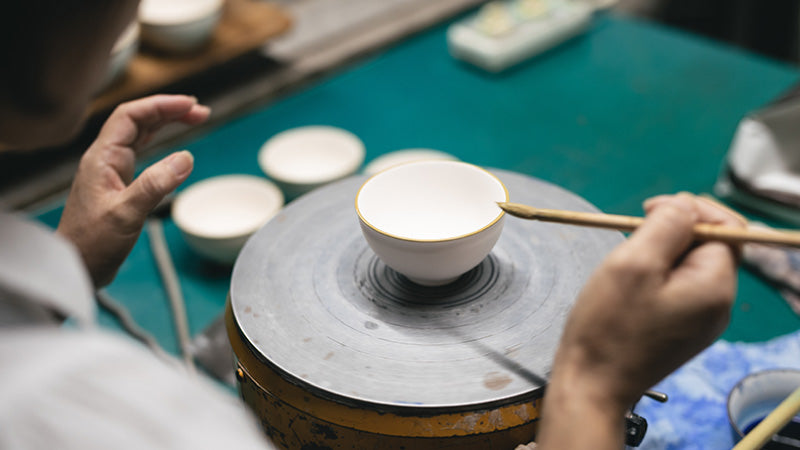
The History of Mino Ware
Mino-yaki is said to have originated in the Nara period when pottery wheels and anagama kilns were introduced from the Korean Peninsula along with Sue ware production techniques. In the Heian period, production of ash-glazed pottery began, and during the Azuchi-Momoyama period, with the popularity of the tea ceremony, Shino, Kizeto, Oribe, and Setoguro were created.
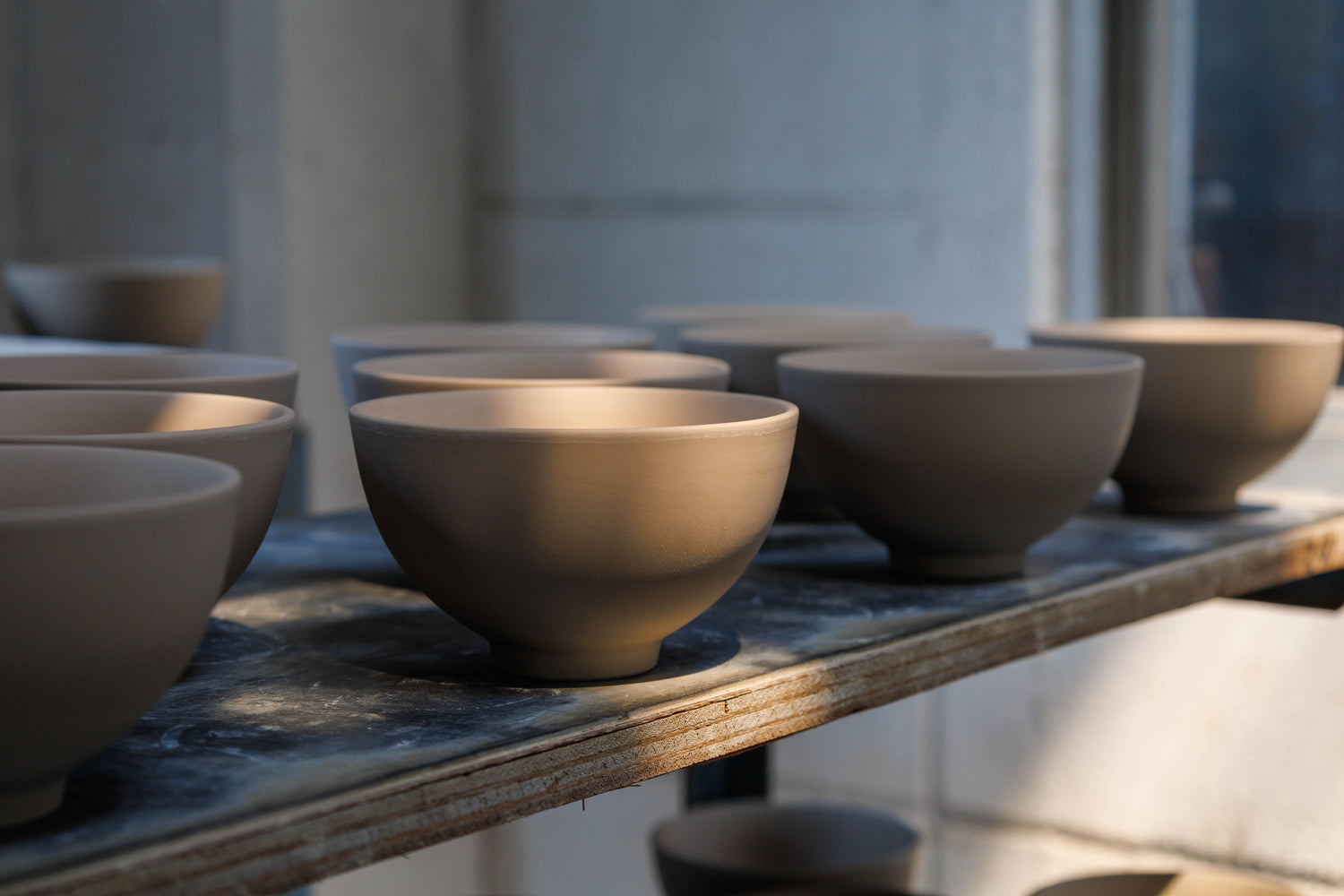
Characteristics of Mino ware
Mino-yaki pottery has given birth to a wide variety of techniques and glazes throughout its history, with 15 types designated as traditional crafts alone. Production of daily household items began in the Meiji period, and since then, tea ceremony utensils and tableware with simple yet beautiful glaze colors and forms have been beloved.

Mountains, soil, water
Toki City in Gifu Prefecture is abundant in clay for ceramics, as hilly terrain occupies approximately 70% of the area. The clay used for ceramics originally comes from granite. Over time, it decomposes and weathers under wind and rain, eventually accumulating and mixing with organic matter such as soil and fallen leaves to form the clay found in the Tono region. The Toki River (Shonai River) and its rich flowing waters gather this clay.
Mino ware
Mino-yaki is a collective term for ceramics produced in the Tono region of Gifu Prefecture, including Toki City, Tajimi City, and Mizunami City. The Tono region is Japan's largest ceramic production center, with Toki City being the top ceramic-producing city in Japan. While 15 varieties including Shino, Oribe, and Kizeto are designated as traditional crafts, the range extends widely to tableware that enhances everyday dining.










